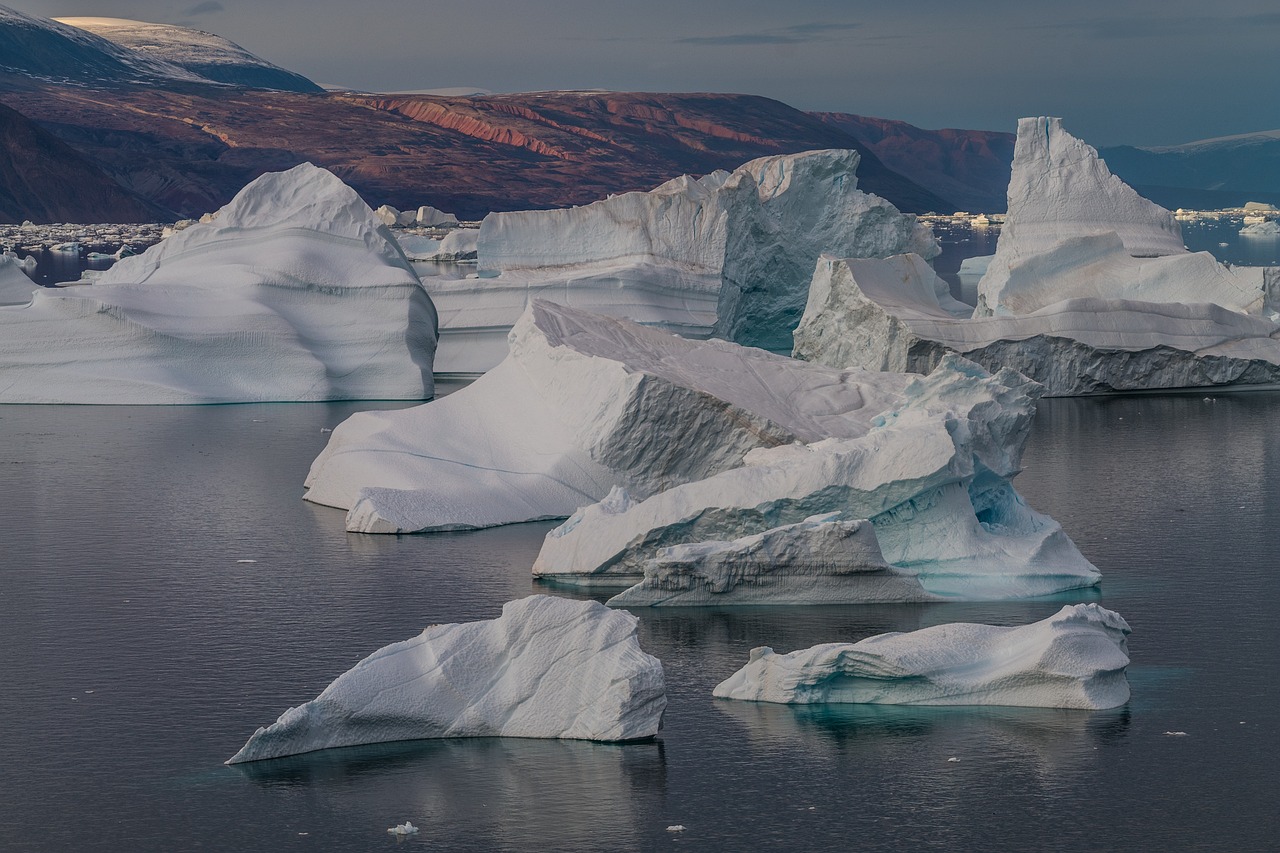What new methods can be used to help predict glacier melt patterns as climate change continues to ravage the planet? This is what a recent study published in GIScience & Remote Sensing hopes to address as a pair of researchers from The Ohio State University investigated changing glacier heights that could provide insights into future melting patterns. This study has the potential to help researchers, climate scientists, and the public better understand the threat of glacier melting and the steps that can be taken to predict and mitigate them.
For the study, the researchers used a combination of satellite imagery and 3D elevation models to analyze glacier melting patterns for the La Perouse Glacier in North America, the Viedma Glacier in South America and the Skamri Glacier located in Central Asia between 2019 and 2023. The goal of the study was to ascertain differences between seasonal melting and melting caused by climate change. In the end, the researchers discovered that while the Viedma Glacier (Argentina) and the La Perouse Glacier (Alaska) exhibited regular intervals of melting, the Skamri Glacier (Pakistan) exhibited glacier ice increases.
“This is something that we’ve been thinking about for a long time, because existing glacier studies have such sparse seasonal observations since it’s difficult to get data out of remote areas,” said Dr. Rongjun Qin, who is an associate professor of civil, environmental and geodetic engineering at The Ohio State University and a co-author on the study. “What we wanted to do is to use medium-to-high resolution data to broaden those capabilities and improve the accuracy of the 3D models generated from that data.”
Going forward, the researchers note that improvements in their methodology, specifically modeling, will enable more accurate predictions and disaster preparedness.
What new methods for predicting glacier melting will researchers make in the coming years and decades? Only time will tell, and this is why we science!
As always, keep doing science & keep looking up!
Sources: GIScience & Remote Sensing, EurekAlert!
